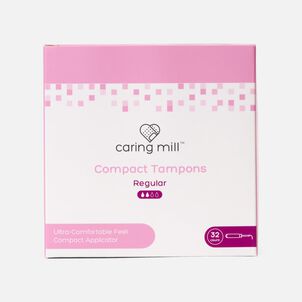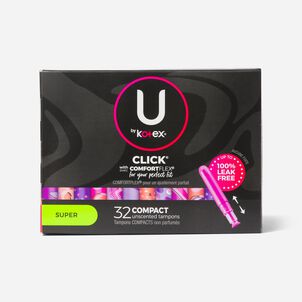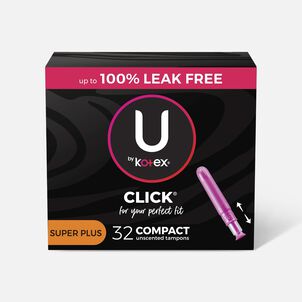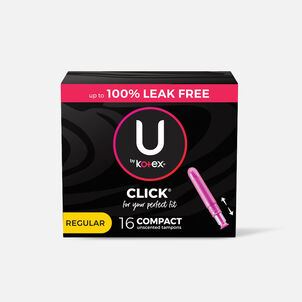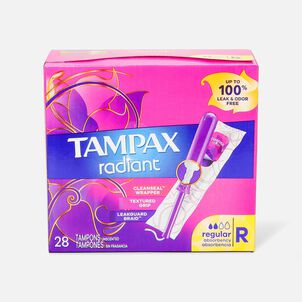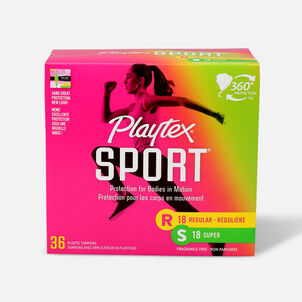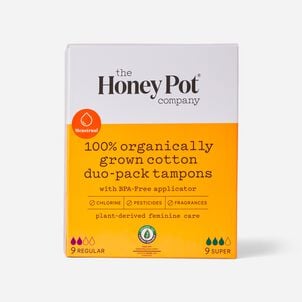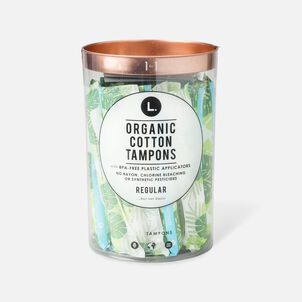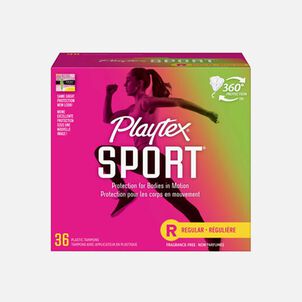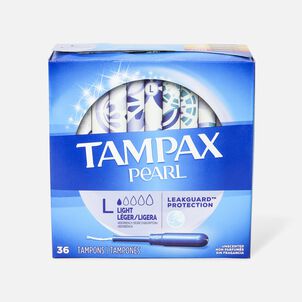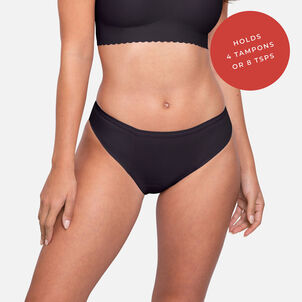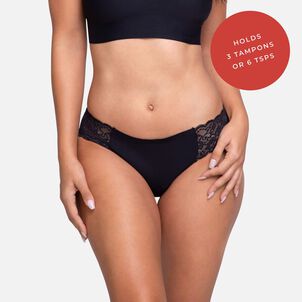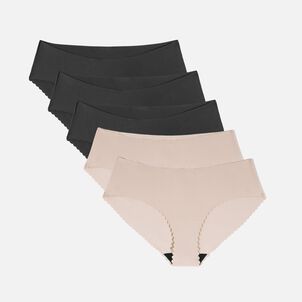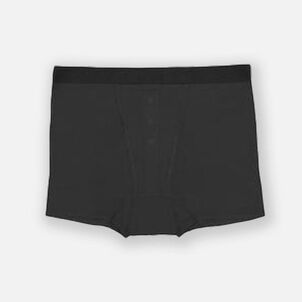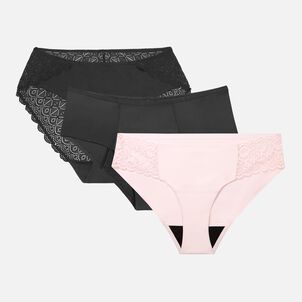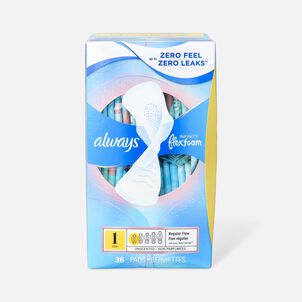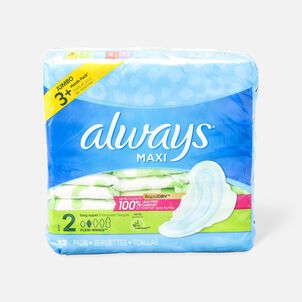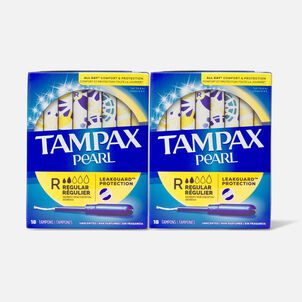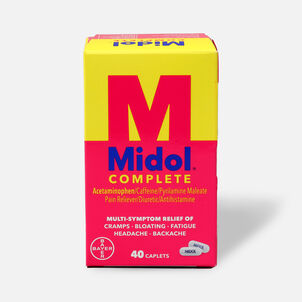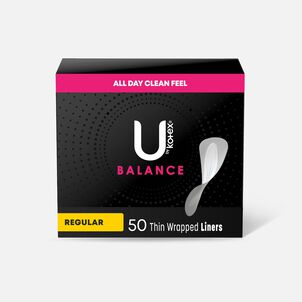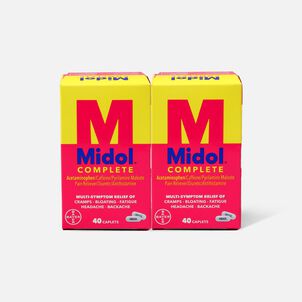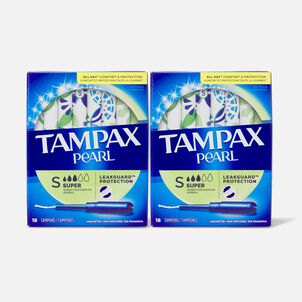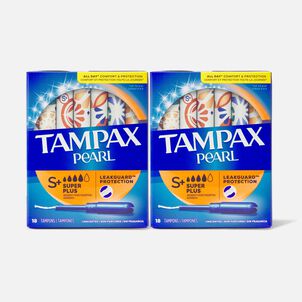Let's face it—there is nothing cheap about period products. Those who menstruate may have an average of 450 periods over their lifetime, according to the Association of Reproductive Health Care Professionals. And with the average period lasting two to seven days, you may easily spend $1,000 (or more!) on a lifetime supply of period products.
Luckily, lawmakers recently made these basic necessities more affordable. In response to the coronavirus pandemic, Congress passed the $2 trillion CARES Act in March of 2020. This landmark piece of legislation includes a provision for menstrual products—which finally makes them health savings account (HSA) and flexible spending account (FSA) eligible.
Here's what to know about the best period care products on the market—and how to decide which one may be right for your menstrual flow.
Tampons are one of the best-known types of menstrual products. Made of cotton, rayon, or a blend of the two, tampons are disposable products with a cylindrical shape. You may insert tampons into your vagina with a cardboard or plastic applicator—or by using your fingers.
There is a range of tampons on the market—including light to heavy flow—or scented and unscented options. You may also buy tampons made from organic cotton.
If your body tolerates tampons well, you won't be able to feel them. You can take part in normal activities while wearing on, like swimming or team sports, and tampons are easy and convenient to transport.
The biggest downside of tampons is the potential for toxic shock syndrome, which has the potential to be life-threatening. But you may avoid trouble with less absorbent tampons—and by changing them more frequently. According to the Food and Drug Administration, you should change your tampon every four to eight hours.
Another downside of tampons is the high ongoing expense. A box of tampons may cost between $6 to $13 per box—and depending on your flow, the product may create a significant amount of waste every month.
Sanitary pads—a.k.a. sanitary napkins, menstrual pads, panty liners, or pads—are the most popular type of menstrual product. Made with natural or synthetic fibers, this disposable product may be cotton or rayon. Sanitary pads also come in a variety of thicknesses, depending on your flow.
You may wear a sanitary pad externally—stuck to the inside of your underwear—which is a big difference from tampons. One major benefit: you don't have to worry about getting toxic shock syndrome, which makes them a great alternative to tampons.
If you have a heavier period, you may feel more comfortable wearing a sanitary pad—and some folks may wear one as a back-up for tampons on heavier period days. Sanitary pads may also be a good option if tampons may cause irritation or dryness.
One of the biggest downsides of sanitary pads is the ongoing expense. A box of sanitary pads may cost between $6 to $10, depending on the number of pads and absorbency. You may have to replace your sanitary pad every few hours—which, like tampons, creates a lot of waste.
If you're looking for ways to save money and to create less waste, you may want to try a menstrual cup. So, what is a menstrual cup? Made of silicone, latex, rubber, or elastomer—menstrual cups may be reusable—and come in a variety of sizes.
The biggest advantage of a reusable menstrual cup is it may last for up to ten years. You can wear a menstrual cup for up to twelve hours—and it won't stop you from any normal activities.
One major downside of these new period products is the initial cost. While you may spend less money over time, there's a bigger upfront expense. You should expect to spend anywhere from $25 to $40. Another negative is menstrual cups may offer less protection—and it may not be enough for those with a heavier flow.
Another reusable option to consider is period underwear—a.k.a. period panties or menstrual underwear. What are period panties? These garments are different from regular underwear because they have multiple layers. This makes period underwear more absorbent than conventional tampons or sanitary pads. Some folks use them as back-up period protection—particularly at night.
The biggest downside of period underwear is the upfront cost. You may spend $25 to $40 per pair—and you may need several pairs to make it through your period every month. The good news is you may save more money over time—and create less waste from disposable tampons or pads. Another con: Period underwear may absorb two tampons of blood—but you still have to change them on a regular basis. This may be inconvenient—and potentially messy—when you are away from home.
You may also buy other versions of period underwear: period boy shorts or period boxer briefs. These products may cut back on body dysphoria for transgender or gender non-conforming folks.
A third wallet and eco-friendly option—reusable cloth pads—may also be worth a look. Reusable cloth pads, which usually come in two pieces, work like disposable sanitary pads. The biggest difference is you can wash and use them again.
The biggest pro of reusable cloth pads is the ability to save money over time. You may also create a lot less waste, as you need to change disposable sanitary pads every few hours. Reusable cloth pads may also be less bulky than disposable pads. This could make them more flexible, breathable, and less visible through clothing.
One major disadvantage is the initial cost, though. Reusable cloth pads may cost between $20 to $30—and like period underwear—you may need several pairs to make it through your period. Also, depending on the color, you may need to wash them fast—otherwise, you may wind up with period stains.
Menstrual discs are round, flexible rings that sit at the base of your cervix and collect blood in a soft bag. Made of medical-grade polymer, you may insert a menstrual disc with your fingers—and it will mold to your shape. You may wear this single-use period product for up to twelve hours.
One of the biggest perks of a menstrual disc is you may have penetrative sexual intercourse while wearing one. This is a big difference from a menstrual cup—which you must remove before engaging in the same activity.
Menstrual discs are also less likely to slip, like a disposable or reusable sanitary pad. This makes it a better option for high-impact exercise. Some companies also claim to reduce some period-related pain—but reviews are mixed.
The biggest downside to menstrual discs is the price. It may cost up to $11 to $15 for 8 discs—which is more costly than conventional tampons. Another negative is there is messier removal compared to menstrual cups.
Which period product is right for you?
It's easy to get overwhelmed by all the feminine care products on the market—especially when few of them are cheap. (Thanks, tampon tax!) Fortunately, you now have the option to use your health savings account (HSA) or flexible spending account (FSA) to pay for them.
Now that you can use pre-tax HSA or FSA money to buy menstrual products, it's like you're getting a discount on each item you buy. This may make it more affordable to try some of the more costly, reusable period products—like period underwear or a menstrual cup—which may save you more money in the long-run.
As you try new period feminine hygiene products, be sure to save your receipts for tax time. Although these items are now qualified medical expenses—you still need to keep track of FSA and HSA reimbursements.
-
Thanks for visiting the FSA Learning Center! To stay on top of all FSA news that can affect your health and financial wellness, be sure to follow us on Facebook and Twitter.

